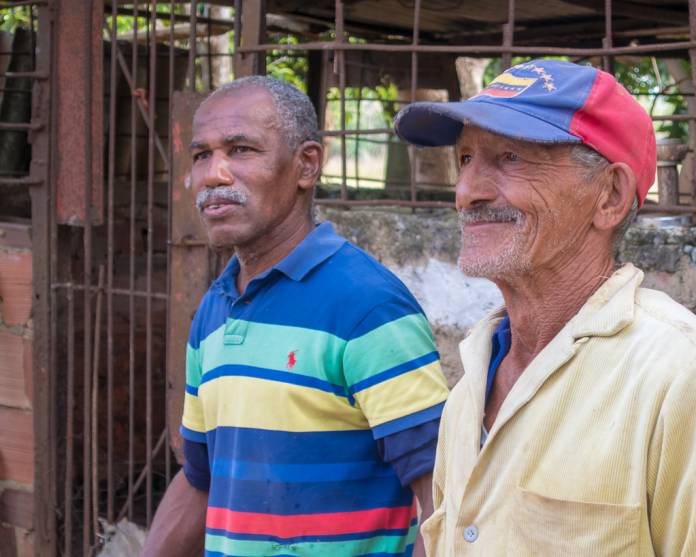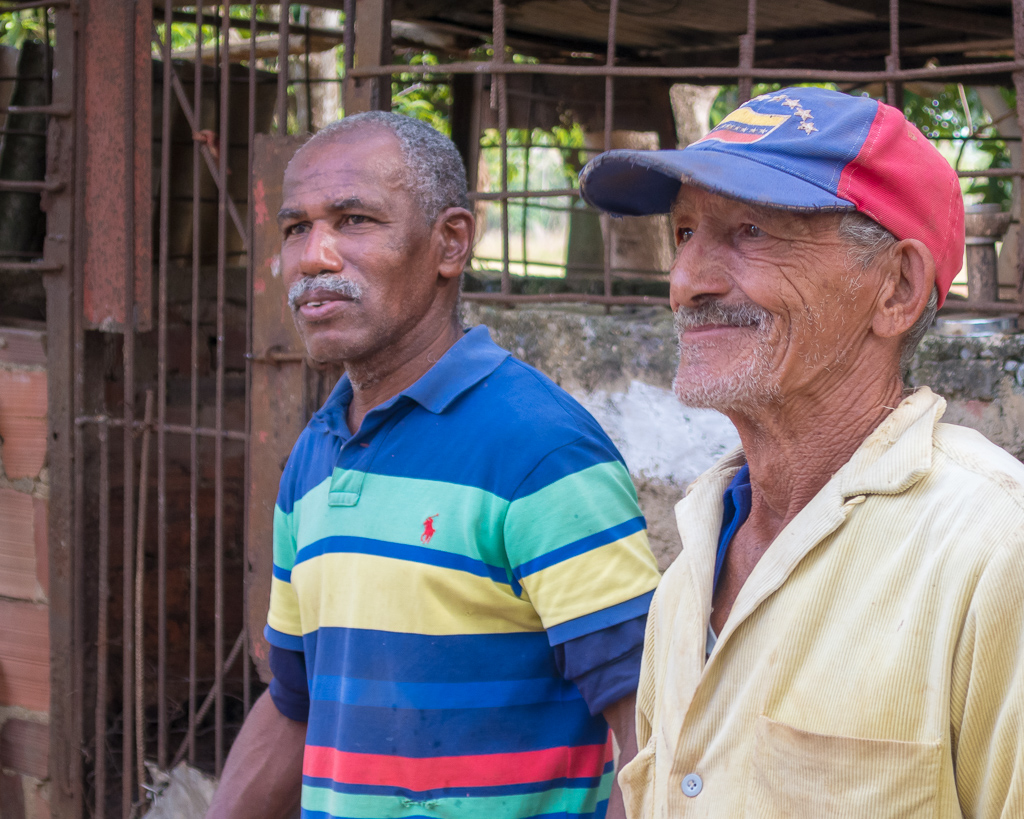
HAVANA — A group of Cubans stared intently at the screens of their smart phones here in Old Havana, checking emails and Googling news stories. They and millions of other Cubans got access to Internet upgrades last month that defy the image of Cuba as a totalitarian state whose citizens face Internet censorship.
Cubans can now subscribe to monthly plans providing roaming internet connections for as little as $7 a month. Others access the Internet from wifi hotspots for even less.

The Cuban government blocks access to the US propaganda station TV Marti and the sites of pro-US bloggers, but doesn’t block US media such as the New York Times, Wall Street Journaland even the ultra conservative Spanish edition of the Miami Herald. Twitter, Facebook and phone apps such as IMO are also easily accessible.
“There’s virtually no internet censorship in Cuba,” a US journalist based in Havana told me during a recent trip.
While Cuba has vastly improved internet connectivity over the past 15 years, usage remains well behind that of the US or even other Latin American countries. About 40% of Cubans have Internet access compared to 61% projected for the rest of Latin America in 2019.
All smart phones must be imported and remain expensive for the average Cuban, who earns about $30/month. I saw older model Samsung phones costing $60 at one Havana store. A monthly plan providing 1 gig of broadband with roaming costs $10.
Conservatives in the US argue that the high cost of connectivity serves as de facto censorship. The high Internet cost is allegedly part of a Cuban government plot to keep Cubans unaware of the benefits of US-style democracy.
As usual, US critics omit any context for Cuba’s problems, nor do they acknowledge internet progress.
Help us save local journalism!
Every tax-deductible donation helps us grow to cover the issues that mean the most to our community. Become a 48 Hills Hero and support the only daily progressive news source in the Bay Area.
The real Internet story
When I first began reporting on the issue in the early 1990s, the US claimed Cuba was intentionally making connectivity difficult and expensive in order to keep Cubans isolated from developments in the rest of the world. In those days connecting to the Internet meant paying $12 an hour at a tourist hotel. Later, Cubans could use a computer at a local post office at the rate of $5 an hour for an extremely slow connection.
Cuban government officials told me that the high costs resulted from the US embargo, the unilateral US policy that prohibits most business dealings between the US and Cuba. The US government stopped US phone companies from laying new cables from Florida to Cuba, forcing the island to rely on far more expensive satellite connections.
Juan Fernández, a professor at the University of Information Science and advisor to Communications Ministry on Internet issues, told me during a previous trip that US companies control a lot of the computer hardware used for modern Internet connections.
“The US is very close and could sell everything very cheap,” he said. “Yes, we can buy it in Asia, but it’s more expensive.”
Internet access improved after 2012 when Venezuela laid a new fiber-optic cable to Cuba. More Cubans were then able to use home dial-up connections along with wifi hotspots in parks, cyber cafes and other public spaces. Students at the University of Havana and other colleges have free, but slow, wifi access.
Cuban officials have legitimate concerns about US efforts to use technology to undermine the government.
“Cuba isn’t a normal country,” said Fernandez. “We face great pressure, practically an economic war, from the most powerful country in the world. Every day the US tries to make our system disappear. For 50 years the US has been trying regime change in Cuba.”
The Office of Cuba Broadcasting, the US government agency in charge of propaganda broadcasts to Cuba, has admitted to promoting mobile phone apps aimed at disrupting Cuba. It distributed free smartphones loaded with programs called ZunZeneo and Piramedio. The apps allowed users to quickly communicate with one another, which the US hoped would foment discontent with the government.
During a previous reporting trip, I interviewed Nestor Garcia, a former Cuban diplomat at the UN.
“My students started getting text messages on their cell phones with news reports about demonstrations that never happened,” Garcia said. “The US is trying to create a climate to protest against the Cuban government.”
In 2009 the Cuban government arrested Alan Gross, a USAID contractor, for distributing satellite phones aimed at establishing wifi hotspots to be used by Cuba’s small Jewish community. He was convicted of spying and sentenced to 15 years. He was released in 2014 when the US and Cuba established full diplomatic relations under President Obama.
So far US government attempts to use the Internet have failed to undermine the Cuban system. Cubans are certainly unhappy with their economic conditions. A drop in US tourism and severe economic problems in Venezuela have contributed to a shrinking economy. Cubans currently face shortages of flour and powdered milk.
But that doesn’t mean Cubans are planning a Twitter revolution. In addition to internet access, many buy the “Paquete” (Packet), a weekly download of massive amounts of news and entertainment. A customer brings a thumb drive to a Paquete distributor, pays as little as 50 cents and can get the latest foreign newspapers, magazines, TV shows, movies, and even US propaganda broadcasts.
But the most frequently downloaded choices, according to many Cubans I interviewed, are soap operas
Reese Erlich’s nationally distributed column, Foreign Correspondent, appears every two weeks in 48Hills. His book The Iran Agenda Today: The Real Story from Inside Iran and What’s Wrong with US Policy is now available. Follow him on Twitter, @ReeseErlich; friend him on Facebook; and visit his webpage.
